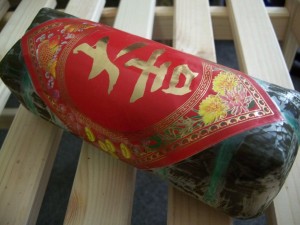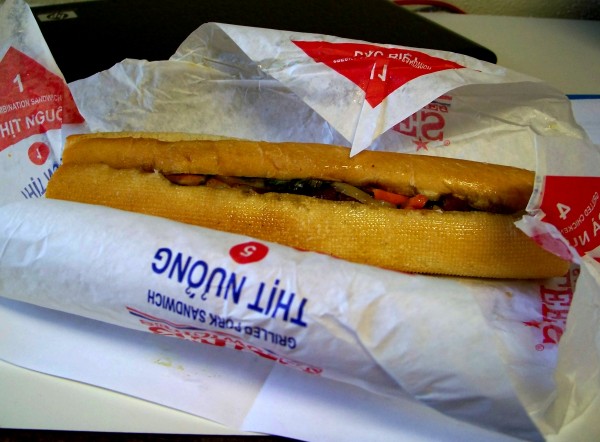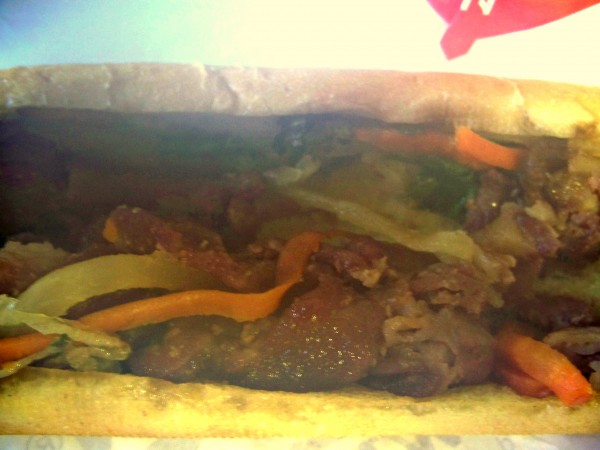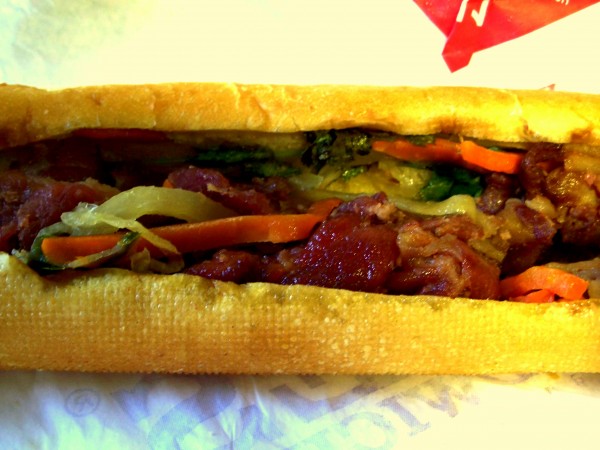
Corn must be my favorite grain. Growing up with very limited access to street food, I used to fix my eyes on the corn carts and baskets of market women near home, secretly drooling. They had a big steamer packed with corn ears still wrapped in their wilted yellow husks and brown silk, sometimes a glass shelf with peeled ones, white and shiny and plump. I was always so happy when Dad bought xôi bắp, sweet corn and sticky rice, for breakfast. Then at night there was corn-on-the-cobs grilled by coal fire and smothered with lard and green onions. It’s better than butter, no doubt. At che stalls there was corn pudding with coconut milk, which I like when it’s warm and gooey. And that was all the Vietnamese corn stuff I knew.
Not until recently that I came across another corn thing, a midfielder between chè bắp (corn pudding) and xôi bắp, and porridge too. I hate porridge, but I love this stuff.
Some people just call it “bắp nấu”, “cooked corn”, either to make sure that we know we’re not eating raw ones or to confuse questioners with the boiled whole ears, also known as bắp nấu. The more careful gourmands label it “bắp hầm“, literally “simmered corn”, since the hulled kernels are slow cooked until saturated with water and soft like a canned sweet pea. But it’s not mush, the corn still retains a tiny bit of chewiness that entertains the gums.

 Bánh chưng and bánh tét to the Vietnamese Tết are like turkey and ham to the American Thanksgiving. The holiday feast just wouldn’t feel right without them. Although I have blogged about
Bánh chưng and bánh tét to the Vietnamese Tết are like turkey and ham to the American Thanksgiving. The holiday feast just wouldn’t feel right without them. Although I have blogged about 


